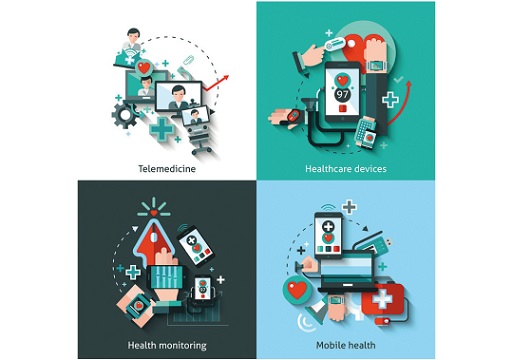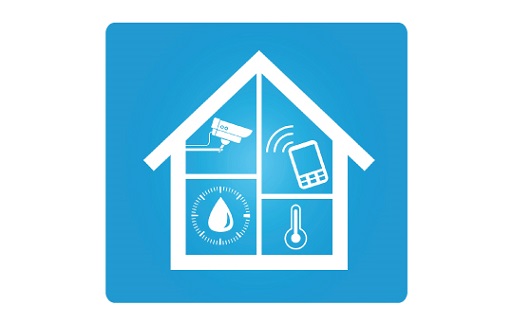3 Smart tech and home care

Two key ways in which technology and digital advances are changing social care is through assistive technology and monitoring in homes. Assistive technology refers to products and tools that help people conduct tasks at home in order to remain independent or continue living in their own home. Over recent decades, we have seen how assistive technology has increased individual independence, e.g. using a wheelchair or having a lift installed in the home. However, digital advances and the internet now allow for smart assistive technology. For example, a smart (electronic) pill box can offer reminders when it’s time to take medication, but also can track the medication and offer warnings to family or relatives if a dose is missed. A smart pill box can alert a user if they are leaving the house without taking their medication with them or if they are taking a double dose that day by mistake. This smart assistive technology can, therefore, enhance the safety of someone living at home independently as well as informing the care services or relatives about the user.

This example of a smart pill box has a monitoring function as well as assisting the user in doing their daily tasks (remembering and taking the correct amount of medication). Monitoring is also a key way that assistive technology can help with monitoring an individual while they are living at home. By connecting this technology to the internet, we now have ‘smart’ devices that enable individuals living at home to be monitored, both by care professionals and by relatives who are based elsewhere, e.g. a smart floor pressure mat to identify if someone has had a fall, or a bed pressure mat to determine if someone has been in the same position for long periods of time and may be at risk. Belong Village [Tip: hold Ctrl and click a link to open it in a new tab. (Hide tip)] , a housing scheme in Cheshire designed to support people with dementia, uses smart bed pressure systems to help identify if an individual has been out of their bed for a long time (which might indicate that they have had a fall) (belong.org.uk, 2019). Other types of sensors that can be used to monitor people at risk include ones can be worn, such as wrist sensors designed to monitor for acute events such as seizures in people with epilepsy. Therefore, smart monitoring tools increase the length of time an individual can remain independent and/or live at home, while also keeping safe from a social care or family member’s perspective.
In the next section, you will look at an example from Wales about how technology is transforming social care.
